How To Deal With Foot Pain
The feet are constantly under strain because we use them all the time, but we often take them for granted. A healthy pair of feet is crucial to running, jumping, cutting, pivoting, backpedaling, kicking, and moving from one place to another.
In the best case scenario, foot pain will result in decreased performance, but in the worst case scenario, it could cause long layovers and difficult rehabilitation. Taking care of your feet is therefore crucial to keeping you healthy and performing at your highest level.
In this article, we will provide you with some tips on how to reduce your risk of foot pain. We will also explain how to deal with pain if you already have it.
Let's get started.
1. Soak away foot pain
Warm foot baths help alleviate sore feet by giving you both a relaxing feeling and stimulating your circulation. However, it is the ingredients you add to the solution that can have the most beneficial effects on sore feet.
Many people use Epsom salt for this purpose because it softens the skin, prevents bacteria growth, and makes your skin less prone to infections.

We recommend you use TRIHARD's Active Foot Soak. It has all the ingredients we mention in the next section for preparing your ideal foot soak.
Here are a few benefits you can expect from using this product:
- It provides relief from itch and burns caused by excessive sweating and fungus.
- It reduces the healing time of blisters by irrigating, cleansing, and drying them out.
- It soothes aching and sore feet while relaxing your muscles.
- It reduces persistent odors caused by sweat and bacteria released from the feet.
How to prepare a foot soak

Make your own foot pain relief mix for a refreshing and stimulating treatment for sore feet. The products you add to the basin will vary depending on your goal.
To prepare a foot soak, you will need a basin large enough to submerge both feet in warm water. Then, add the ingredient of your choosing, and mix it until it dissolves. Once that's done, soak your feet and relax for about twenty minutes.
Rinse your feet with fresh water after soaking them for at least 15 minutes, and then dry them with a towel.
Having said that, here are a few ingredients you might like:
Foot soak for dry skin
According to a study, bath oil may benefit people with mildly dry skin (this includes dry feet). These oils include jojoba oil and coconut oil.
Foot soak for achy feet
According to some studies, bathing with Epsom salt may absorb small amounts of magnesium into the skin. This is beneficial because a lack of magnesium in the body leads to muscle cramps.
Foot soak for Itchy feet
According to the National Eczema Association, baking soda may help relieve itchy skin symptoms in people who suffer from general eczema or itchy feet.
Foot soak for relaxation
Research suggests that certain essential oils may boost relaxation effects. Some of the most relaxing essential oils include Roman chamomile, geranium, and lavender.
Antifungal foot soak
According to a study, tea tree oil inhibited Trichophyton rubrum, a fungus that causes nail infections.
Safety tips

You should take precautions to ensure a safe foot soak and to prevent aggravating symptoms. Here are some of them:
- Ensure that your feet don't react to certain ingredients before submerging them in the basin.
- Before using the ingredients, always perform a patch test to ensure the temperature is comfortable and the ingredients are appropriate.
- If your feet have any open wounds, you should consult a doctor before using foot soaks.
- Prevent burning by diluting pure essential oils with a carrier oil first.
- You should stop using foot soaks whenever you experience a negative reaction.
- Rinse your feet thoroughly if they still contain residual ingredients.
- In case of severe or worsening symptoms, consult your doctor.
2. Get a foot massage
Many studies have demonstrated that foot massages relieve and manage pain effectively. People with chronic pain who receive foot massages experience less pain, are able to relax, and experience less anxiety.

We recommend you get a foot massage roller specially designed to massage the soles of your feet. An alternative is to roll your bare feet over a tennis ball, golf ball, or rolling pin.
You can use oils for a more stimulating massage. These oils will help lubricate your skin making it easier to rub your feet.
To prepare an effective oil that relieves foot pain, combine two drops of clove oil with three tablespoons of sesame oil. Mix the ingredients well and massage the oils into your aching feet.
Another effective foot-rub recipe includes three drops of lavender oil, one drop of chamomile oil and one drop of geranium oil mixed into two teaspoons of olive oil.
Aside from the scientific opinion, it feels great! Your feet will feel awesome after a deep massage.
3. Do some stretches
Stretching your feet can also help them feel better. When stretching, you can focus on your toes, heels, or the entire foot. Do these exercises to prevent cramping and improve flexibility:
- For a few seconds, bend, point, and curl your toes.
- Warm up your feet by sitting down and extending your legs. Move your toes. You should point your toes toward your body, then away from it. With your ankles, make a clockwise and counterclockwise circle.
- While standing, alternate lifting your front and back feet off the ground. Then, continue to stretch your feet by shifting your weight from your heels to your toes.
- Repeat each of these stretches at least ten times.
4. Wear shoe inserts

Foam or gel shoe inserts can help you feel more comfortable in your shoes. Their main purpose is to provide pain relief for people suffering from flat feet or fallen arches. Insoles can also be made to address specific issues, such as lower back pain.
5. Practice strengthening exercises
If you want to strengthen your feet and prevent future pain, do the following resistance exercises:
Toe pick-ups/curls
Place a few small objects on the floor in front of you. Using your toes, pick them up and drop them into a bowl one by one. If you'd rather not use small objects, use a towel.

Image source: foothouston.com
Bent-knee wall stretch
Place your palms against the wall, bend your knees, and place one leg forward and one leg back. Spend 30 to 45 seconds leaning against the wall, feeling the back of your calf stretch. The goal of this exercise is to stretch a deeper calf muscle that connects to the Achilles tendon.

Image source: foothouston.com
Negative calf raises
Place your toes on the edge of a step and let your heels hang off. Lift the first leg from the step, and lower the second leg slowly below it. Wait at least 10 seconds for it to cool down. When performed correctly, this exercise can prevent and relieve Achilles tendinitis.

Image source: foothouston.com
Towel tug
Using your feet, pull a towel toward you until it stretches your calf, then hold for 30 seconds. To strengthen your arches, do this while seated.

Image source: foothouston.com
Exercise both feet at least 10 times, switching legs between sets.
6. Cold and warm feet soak
When heat and ice are combined in alternate patterns, the circulatory system is stimulated. When blood vessels are alternately heated and cooled, they expand and contract, which restricts circulation to reduce swelling. This then increases circulation to a specific area.
This change in blood flow can reduce inflammation and swelling, improving range of motion and accelerating pain recovery.
To get started, follow these steps:
- Soak your feet in ice-cold water for about two minutes.
- After that, move the feet into another bucket with lukewarm water and soak them for 30 seconds.
- Alternate between soaks for fifteen minutes.
Important: Always end a contrast bath with a cool soak to reduce swelling.
When to see a doctor
A person should always be aware of the difference between conditions that can be treated at home and those that require medical attention.
If you decide to treat foot pain at home and the symptoms don't subside within a few weeks, you should see a doctor. This is especially true if you have open wounds, swelling or severe pain, or if you have an accumulation of symptoms.


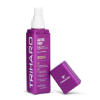

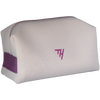
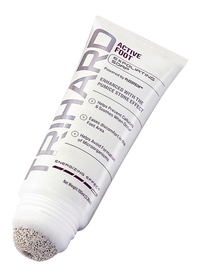

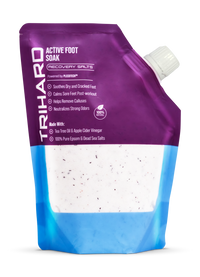




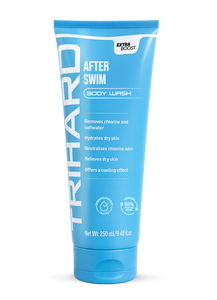
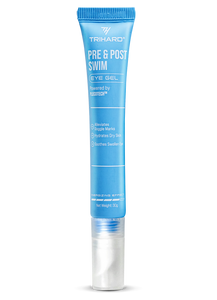
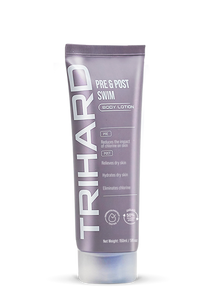
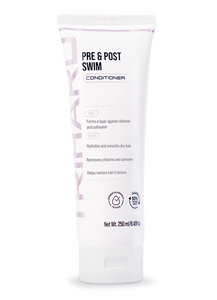
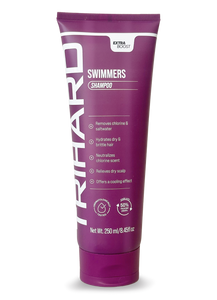
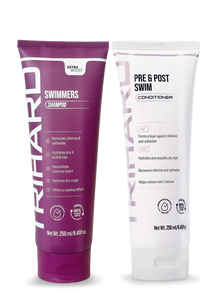

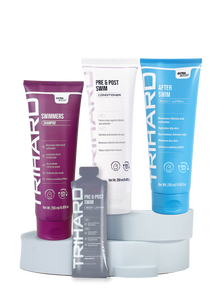






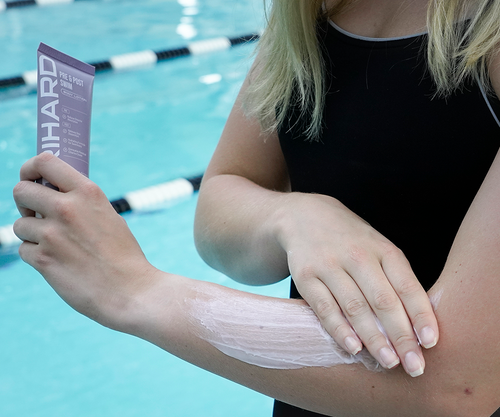



Leave a comment